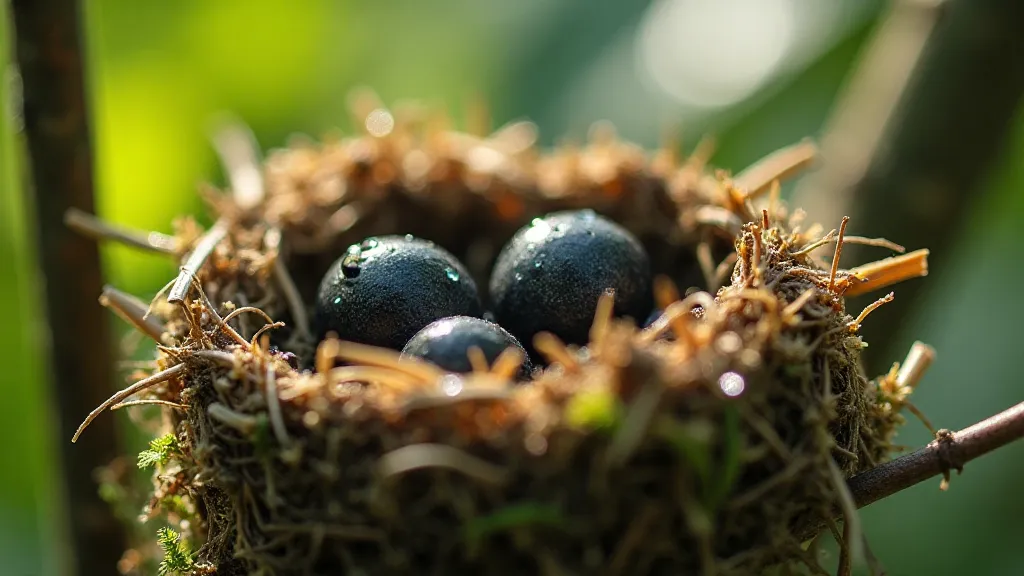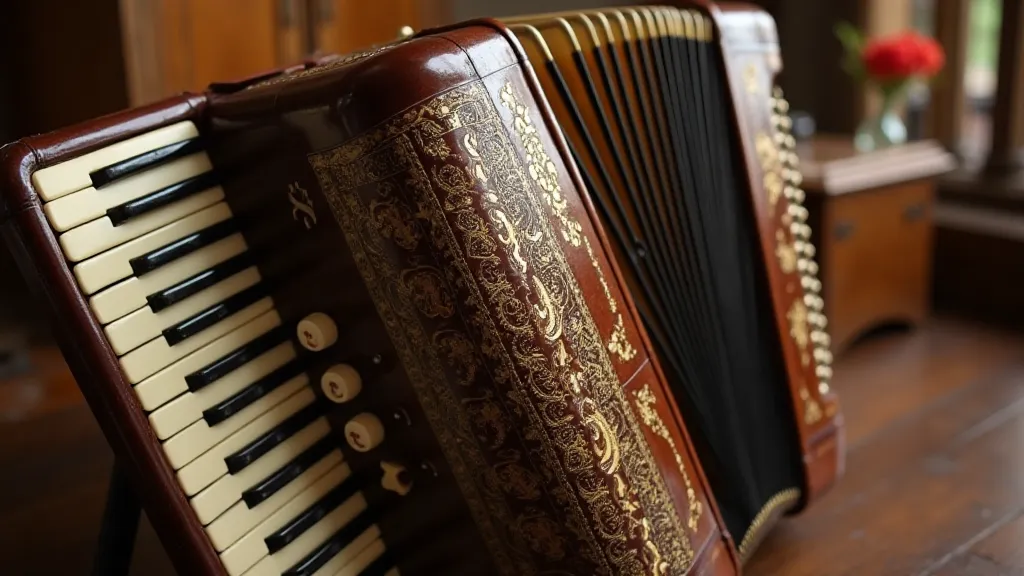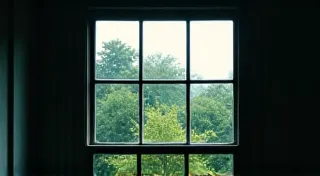Ephemeral Architects: Bird Nests as Metaphors for Creativity
There's a quiet poetry in watching a robin build a nest. It’s not a spectacle of dramatic flair; it’s a slow, deliberate choreography of instinct and effort. You see the frantic flitting, the insistent tugging at grasses and twigs, the methodical weaving and shaping. It’s a process so utterly ordinary, yet profoundly remarkable when considered closely. And it struck me, observing one such nest being constructed near my kitchen window, that the impulse to build – whether it’s a sturdy avian dwelling or a sprawling novel – shares a surprising kinship with the human drive to create. These nests, fragile yet meticulously constructed, are not merely shelters; they are metaphors for the creative process itself.

The Resourcefulness of Inspiration
Consider the materials a bird utilizes. It doesn’t have a hardware store at its disposal. It relies on what’s readily available – fallen twigs, dried grasses, mud, moss, even discarded human debris in urban environments. This ingenuity speaks to the artist’s own need to scavenge and repurpose, to find inspiration in the discarded and overlooked. Writers often describe staring at a blank page, feeling a similar lack of “materials.” The solution isn’t to conjure something from nothing, but to look around, to observe, to find the scattered bits of experience and emotion that can be woven into a narrative. The bird’s adaptability, its ability to build a secure home from the fragments of its surroundings, is a potent reminder that creativity isn’t about pristine beginnings, but about finding the potential in the available.
My grandfather, a master accordion repairman, held a similar philosophy. He rarely purchased new parts for the instruments he restored. Instead, he painstakingly scavenged for components from broken accordions and spare parts he's collected over decades. He's said countless times, “The best repairs come from seeing the possibility in what others deem junk." It was a valuable lesson, to find beauty and functionality in what is perceived as obsolete. It’s a philosophy that resonates deeply with the broader human experience; sometimes, the most meaningful creations arise not from grand designs but from the mindful repurposing of what’s already present.
Structure and Innovation: The Delicate Balance
A bird’s nest isn't just a haphazard pile of sticks. There’s a fundamental structure – a cup-like shape that provides stability and safety for the eggs and chicks. But within that structure, there’s also room for innovation. Different species have different approaches. A weaver bird might use intricately woven strands of plant fibers to create a hanging nest, incredibly strong and resilient. An oriole might build a pouch-like nest, suspended from a branch. Even within a single species, there can be variations, reflecting the bird’s individual ingenuity and the specifics of its environment. Observing these variations encourages a deeper appreciation for the nuances of the natural world and mirrors the creative process itself—the need for a foundational structure combined with the freedom to explore unexpected forms. Just as a bird considers its surroundings, an artist must constantly evaluate their framework and adjust accordingly.
This balance between structure and innovation resonates strongly with narrative craft. A writer needs a framework – a plot outline, a character arc, a central theme – to provide the necessary coherence. But clinging too rigidly to that framework can stifle creativity and lead to a predictable, lifeless story. True artistry lies in the ability to build a solid foundation while allowing for unexpected detours and moments of spontaneous invention. It’s about knowing when to adhere to the rules and when to delightfully break them. The ability to observe the natural world, to appreciate the beauty of a single bird's solution to a structural problem – whether a simple woven cup or an intricate hanging pouch – can provide unexpected insight into creative problem solving.
Embracing Ephemerality: The Cycle of Decay and Renewal
Perhaps the most profound lesson a bird’s nest offers is its inherent ephemerality. It’s a temporary structure, built for a specific purpose and destined to be dismantled or reclaimed by nature. The parents build it, the chicks hatch and fledge, and then the nest returns to the earth. This acceptance of transience is crucial for artists. We invest our time, energy, and emotion into our creations, yet we must acknowledge that they too are fleeting. A book might be read, enjoyed, and then forgotten. A painting might fade with time. A song might lose its popularity. There’s a certain melancholy that comes with recognizing this, but also a profound sense of liberation.
This isn't cause for despair, but for profound appreciation. The knowledge that something is temporary can intensify its value. It encourages us to focus on the moment of creation, on the act of expression itself, rather than clinging to an idealized notion of permanence. It also provides the impetus to create anew, to begin the cycle of building again. Think of the weaver bird, diligently constructing its hanging nest, knowing full well that its purpose is finite. It doesn't lament the eventual dismantling; it simply embraces the present moment of creation. To fully appreciate the beauty and value of any creation – whether a nest or a novel – is to embrace its inherent fragility.

Craftsmanship and Connection: An Accordion's Echo
My grandfather’s workshop, filled with the scent of old leather and oiled wood, offered a palpable sense of this cyclical process. He didn’t see himself as simply repairing instruments; he was preserving a legacy. Each repair was a testament to the original craftsman’s skill and a promise to extend the instrument's life. He’s taught me that true craftsmanship isn’t just about technical proficiency; it’s about a deep respect for the materials, the design, and the history embedded within an object. This sentiment is mirrored in the patience and dedication required to observe a bird building its nest—a quiet contemplation of a living tradition.
Similarly, a bird’s nest embodies a deep connection to the environment. The bird isn’t just building a shelter; it’s participating in an ancient rhythm, a continuous cycle of life and renewal. Sometimes, that perspective requires a moment of stillness, an ability to appreciate the broader context of our individual efforts. Just as observing a single bird reveals much about the intricate workings of an ecosystem, understanding the fragility of a nest highlights the importance of protecting the natural world. The very act of creating a nest, in its simple elegance, reflects an innate understanding of balance and sustainability.
Finding Inspiration in the Natural World
Birdwatching isn't just a hobby; it's a form of meditation. It's a quiet observation of the intricate workings of the natural world, and a humbling reminder of our place within it. The careful attention required to track a bird's progress—from gathering materials to the eventual fledging of its young—can be surprisingly instructive for anyone engaged in a creative endeavor. It's a reminder that even seemingly simple acts require dedication and perseverance. To truly understand a bird’s solution to its immediate needs—building a safe haven for its offspring—one must cultivate a similar level of attentiveness to detail in one’s own work. The process of observation itself provides a valuable lesson in problem-solving.
The next time you’re feeling creatively blocked, or overwhelmed by the demands of your craft, take a moment to step outside and watch a bird build a nest. Let its ingenuity, its resourcefulness, and its acceptance of impermanence inspire you to embrace the creative process, imperfections and all. Find beauty in the scraps, build with what you have, and celebrate the ephemeral nature of creation. Consider it a form of sapphire gaze—a moment of quiet reflection and attentive observation that can unlock a deeper understanding of yourself and the world around you.

The world is full of ephemeral beauty. All we have to do is look. It is an endless source of inspiration, a constant reminder of the beauty that can be found in the simplest of things. From the vibrant colors of a hummingbird's plumage to the intricate patterns of a spider’s web, the natural world offers a wealth of visual and emotional stimuli. Just as a bird instinctively knows how to build a safe and sturdy nest, we, too, possess an innate ability to create and innovate, given the right circumstances and a willingness to embrace the unexpected.
To find further insights into the art of observing the natural world, you might find value in exploring The Heron’s Stance, a treatise on patience and stillness that echoes the mindful approach one takes when watching a bird build its nest. It emphasizes the importance of quiet contemplation and attentive observation in unlocking a deeper understanding of both the natural world and one’s own creative potential. The parallels are striking—both involve a willingness to slow down, to pay attention to the details, and to appreciate the beauty that surrounds us.
The complexities and subtleties of avian behavior can also reveal surprising insights into the dynamics of deception and mimicry. Those interested in such nuanced aspects of the natural world might find additional perspectives in Mimicry's Masquerade, a fascinating exploration of how birds adapt and thrive through strategic imitation and camouflage.
Ultimately, the lessons learned from observing the natural world—from the smallest bird building its nest to the grand sweep of ecosystems—offer a profound source of inspiration for anyone engaged in the act of creation.





